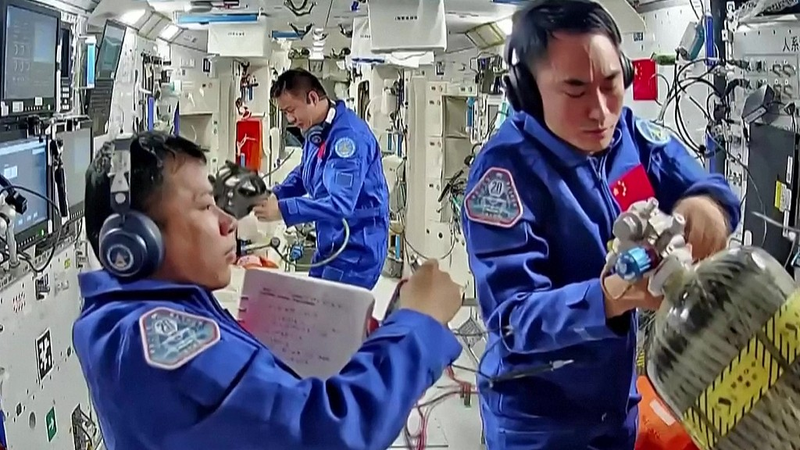Chinese researchers from the University of Science and Technology of China (USTC) have sparked excitement with a breakthrough in Mars power generation and storage. Their innovative approach uses the Martian atmosphere – mostly carbon dioxide – as the key medium for converting heat into electricity. Think of it as the "blood" of a cutting-edge energy system! 🚀
By harnessing the natural properties of Mars' air, the team has boosted power generation efficiency by 20% and increased maximum power density by 14% compared to traditional methods that rely on rare gases like helium or xenon. This discovery not only cuts down on the weight of energy systems but also makes in-situ energy acquisition possible – a game changer for long-term Mars research and sustainable exploration.
The researchers have also introduced the concept of the "Mars battery." This innovative battery works on principles similar to lithium-air and lithium-carbon dioxide batteries by absorbing active substances from the Martian atmosphere. As a result, it can store a mix of electrical, light, and thermal energy to power Mars rovers, helicopters, or future research bases. Tests simulating the harsh Martian day-night temperature swings showed that the battery could keep electronic devices running steadily, even at temperatures as low as zero degrees Celsius. 🔋
This scientific leap is a significant step in enhancing China’s self-reliance and sustainability for future Mars missions. With plans already in motion – including the Tianwen-3 probe set to launch around 2028 and a sample return mission around 2031 – the path toward long-term human and robotic research on Mars looks more promising than ever.
For fans of sci-fi and real-life space exploration, this breakthrough feels like a page out of a futuristic blockbuster – only it's happening now! 🌌
Reference(s):
cgtn.com




